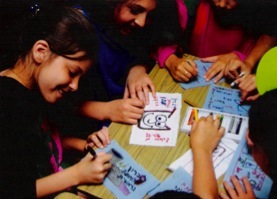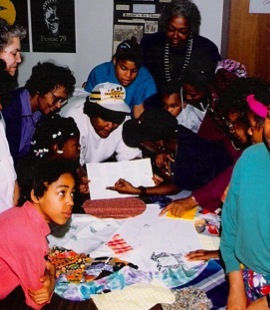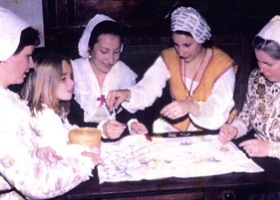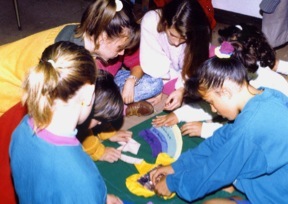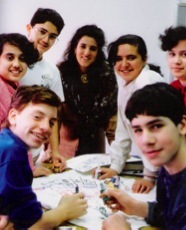All worthwhile efforts, but none engaged the Greater Columbus population as a whole, none invited any citizen who wished--of all ages, backgrounds, interests and even concerns--
to participate actively in something larger, something aimed at capturing the “voice”
of the city at this critical juncture when it was clear that the community was intent on leaving its local and regional focus behind for more national aspirations. It also seemed worthwhile to learn what average Columbians
might want to say to future generations, if given the chance. On a personal level, I also hoped to bring to light some of the less known living treasures in the city, some of whom I knew but most of whom I only sensed were out there, people not working as professional artists--indeed, most of whom never had an opportunity to have formal training in art--but who worked quietly in their spare hours, driven to be creative either on their own or with others with whom they could create, learn and grow.







